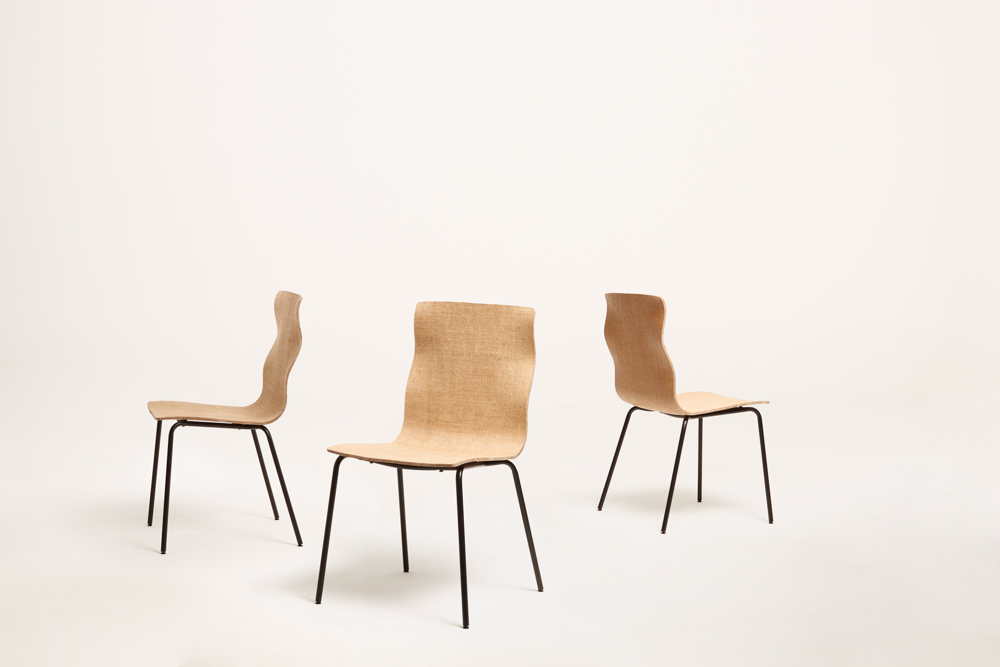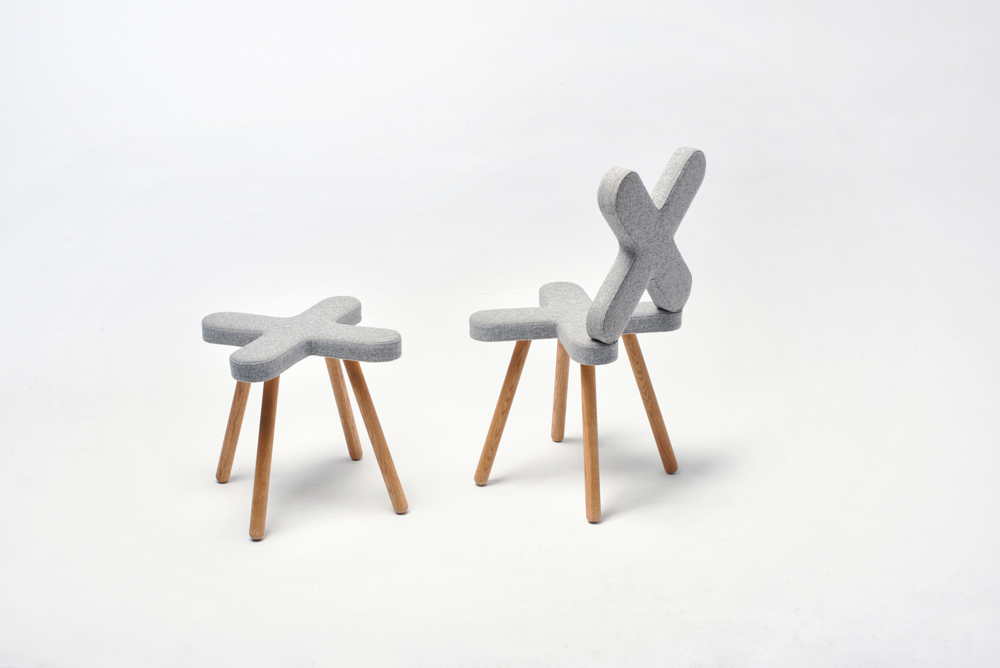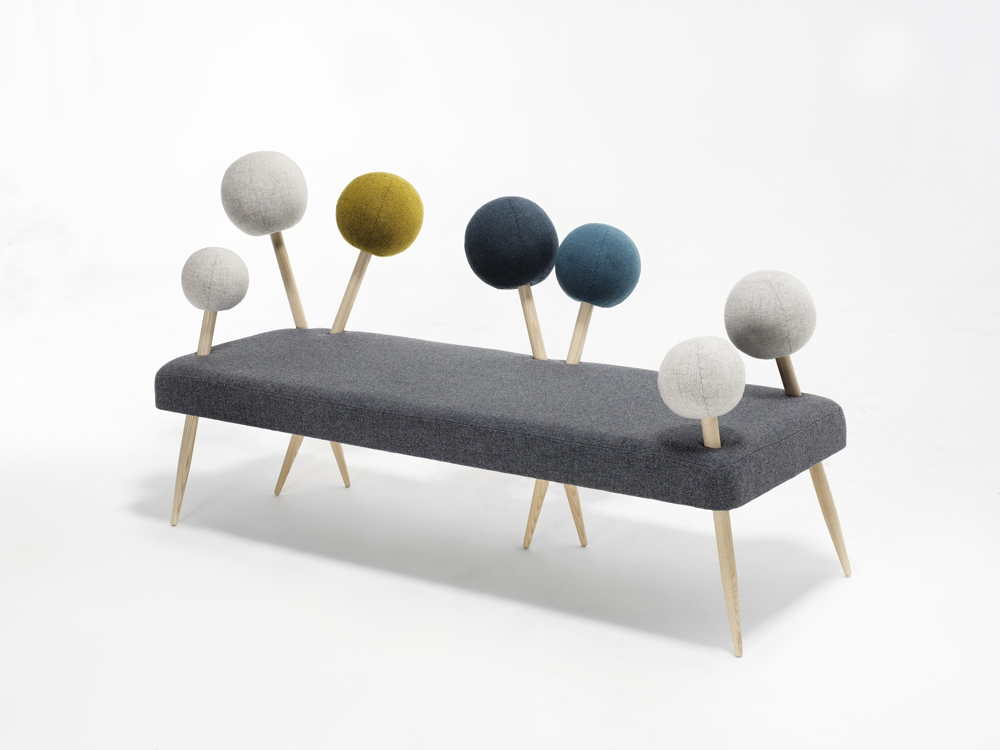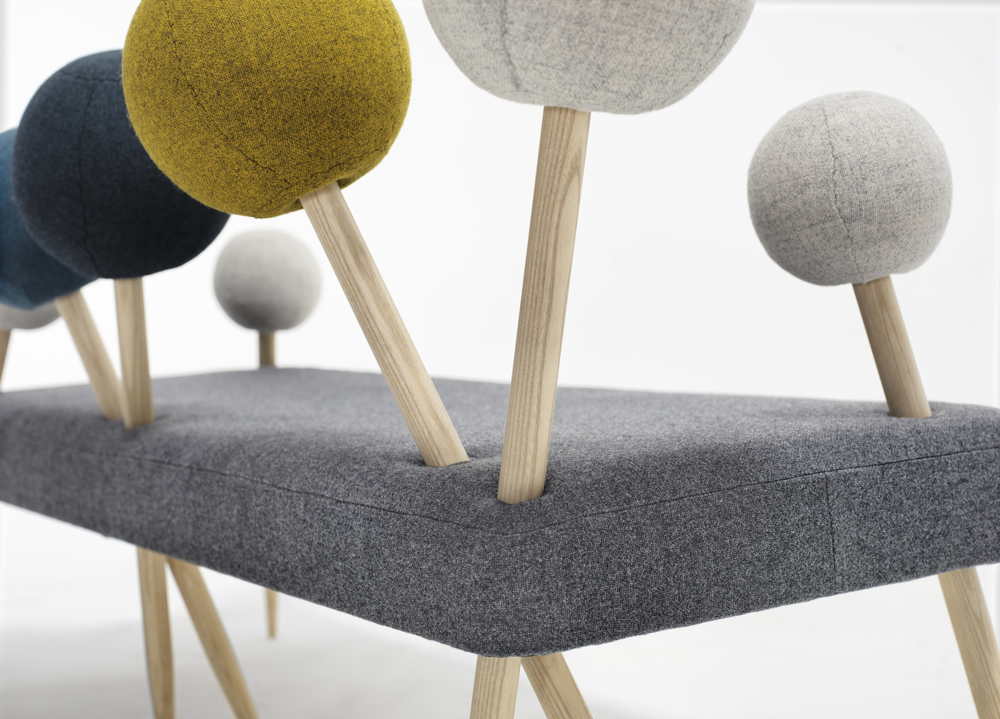
Functional Art | Interview with Demeter Fogarasi
Emotions, functionality, and pushing boundaries are all themes in the work of Budapest-based designer Demeter Fogarasi, who creates furniture that invokes poetry. Meet him through our exclusive interview with the designer.
Demeter Fogarasi is a Budapest-based designer who uses his design-engineer background and artistic experimentation to create concept-based furniture that blurs the line between art and functionality.
Luxiders Magazine exclusively interviews Demeter Fogarasi in an interesting conversation about the connection between design and poetry. In this interview, he discusses his design process, inspirations, and some of his iconic pieces, including the Pinsofa.
INTERVIEW WITH DEMETER FOGARASI
Your designs are playful and unique. Are there any artists who inspired you to start designing furniture in this way? Or does your inspiration come from somewhere else?
There are many designers who have inspired my work in the inevitable unconscious way, and there are masters like Shiro Kuramata, who I highly admire. On the other hand I’m aiming to draw inspiration from separate disciplines also from materials for example, and indirectly from the harmony of nature.
Though the most important inspiration is my childhood, to be able to put myself in a state of mind where I can think and observe things in a different state, with the curiosity and innocence of a child, that is a really emotional process.
Your designs are a perfect mixture of art and functionality. How do you find the balance between art and functionality in your designs?
I like to think of functionality separated as different layers of a product. Art or in our case the emotional function of the object is the top layer and that is what I’m most interested in. Whereas functionality or actually the usability functions of the pieces is a minimum requirement, a criteria that must be met. With my pieces I’m aiming to blur the line between functionality and art, although it is hard to find the balance between things that cannot be fully separated.
What does the process look like when creating a new piece of furniture?
My process usually starts with a vision, a high level concept of an idea. From there I’m focusing on realizing, which involves experiments and prototyping to refine the concept. The types of experiments depend on the scenario, usually I like to experiment with materials, and pushing the boundaries of the available manufacturing processes. These experiments usually lead to new ideas so I like to think of my practice as a circular process. It is only natural that things don’t always go as planned, that can be frustrating in certain situations, but retrospectively this leads the projects in a better direction.







The Frozen Textile chair is one of your most creative and unique furniture designs. Can you tell us about how you created the chair?
I was experimenting with a special biocomposite made from layers of fabric. This material becomes soft when heated and solidifies when it cools down. The idea was to create a furniture piece concerned with the poetic nature of the material. While molding the seat, the originally soft material becomes rigid. I wanted to save the moment of creation, when a sheet is blown onto the frame, forming a chair.
You’ve previously said that emotions play a role in your work. Do you aim to convey your emotions in the pieces of furniture or is your aim to invoke emotions from your viewer?
I’d like to think this works both ways. My ideation process is much driven by my emotions, but my pieces work only if they invoke emotions in the spectator. My aim is to guide the experience, not to direct it, so I’m very happy for and encourage new interpretations of my pieces, so their actual meaning is driven by the spectator. With my work I aim to invoke the curiosity of one’s inner child.
Where do you visualize your designs being placed?
I like to think of furniture as sort of jewels assigning life to spaces. Each one of them has their own story to tell, in a way they inhabit interiors. So my vision is to have my pieces where their owner feels happy about them, to enlighten spaces to bring joy to their everydays.
Are you working on any new projects you can tell us about?
At the moment I’m gathering inspiration, and already have too many ideas for new pieces, so I’m focusing on the strategic side of things. Let this be a secret for now, and hope my new works will be a joyful surprise.




+ All Images:
© Courtesy by Demeter Fogarasi
+ Words:
Emily Nicholas
Luxiders Magazine








